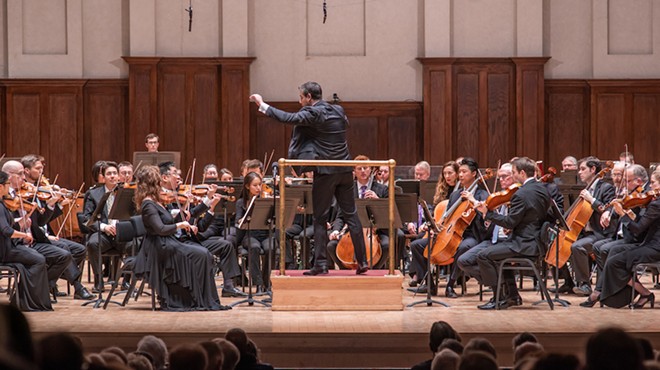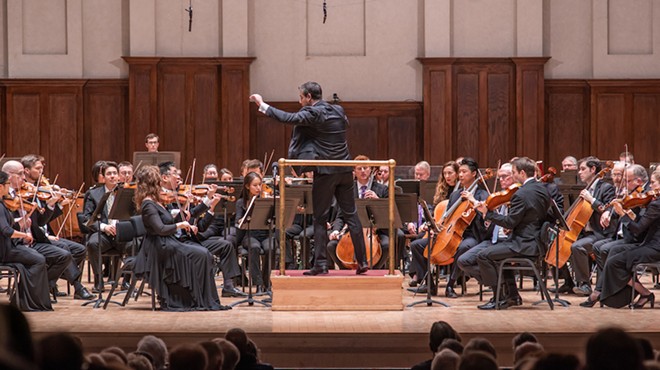Orchestra Hall
Designed by noted architect C. Howard Crane, Orchestra Hall took just four months and twenty-three days to complete. The DSO’s first concert at the hall was on October 23, 1919. Gabrilowitsch opened the program with Weber’s overture to the opera Oberon, and continued with Mozart’s Concerto in E-flat for two pianos and orchestra, Bach’s Concerto in C Major for three pianos and orchestra, and Beethoven’s Symphony No. 5 in C Minor.
In 1970, following a series of marches and sidewalk benefit performances, musicians and friends of the DSO succeeded in saving Orchestra Hall from the wrecking ball. A year later it was added to the National Register of Historic Places. In 1989, after a painstaking, nineteen-year restoration, the DSO moved back to its historic home. Today the hall is considered to be one of the nation’s finest acoustic structures.Additional renovations were made to Orchestra Hall in 2003 when it became part of the Max M. Fisher Music Center, a complex comprised of Orchestra Hall, the Music Box recital hall, the Robert A. and Maggie Allesee Rehearsal Hall, the Jacob Bernard Pincus Music Education Center and a 4-story atrium lobby. All spaces are available for rent and performances of all kinds -- including jazz and poetry slams -- frequently take place in both the Music Box and Allesee Hall.
Parking: $7 in the Orchestra Place Parking Structure and in parking lots across Parsons Street, south of Orchestra Hall
Nearby
-
0.00 miles
-
0.00 miles
-
0.00 miles
-
0.01 miles
-
Max M. & Marjorie S. Fisher Music Center
0.01 miles








